#bonn oberkassel dog
Explore tagged Tumblr posts
Text
You should all read about the Bonn-Oberkassel dog!
For those who don't want to click, these are the remains of a dog from 12,000 years ago. The dog had canine distemper as a puppy, a disease so awful I would compare it to ebola if it were in humans. Canine distemper leaves the poor animals in a helplessly sick, critically ill state that basically no unvaccinated animal survives without serious disability. These humans from 12k years ago kept this poor dying dog alive for months through the winter. This would have required manual feeding and hydrating as well as constant cleaning. Despite how harsh life was back then we still had such a capacity for kindness in our hearts. It almost brings me to tears. They had no medicine, and they spent months caring daily for this poor animal in cold darkness of winter hoping it would somehow pull through. I love stories like this from long ago, it really goes against how nowadays we all are taught to just care about ourselves, to not care for the disabled. Yet here they are, expending valuable resources on a hopelessly sick puppy just because it's the right thing to do. It gives me hope.
2 notes
·
View notes
Text
14,200 years ago, in what is now modern-day Germany, human beings buried a six-month old puppy.
“The Bonn-Oberkassel dog was a late juvenile when it was buried at approximately age 27–28 weeks, with two adult humans and grave goods. Oral cavity lesions indicate a gravely ill dog that likely suffered a morbillivirus (canine distemper) infection. A dental line of suggestive enamel hypoplasia appears at the 19-week developmental stage. Two additional enamel hypoplasia lines, on the canine only, document further disease episodes at weeks 21 and 23. Pathological changes also include severe periodontal disease that may have been facilitated by immunodeficiency.
Since canine distemper has a three-week disease course with very high mortality, the dog must have been perniciously ill during the three disease bouts and between ages 19 and 23 weeks. Survival without intensive human assistance would have been unlikely. Before and during this period, the dog cannot have held any utilitarian use to humans.”

18 notes
·
View notes
Text
Osteoarthritis, alongside signs of enamel defects, missing teeth, and gum disease, indicate that the Bonn–Oberkassel dog survived a canine distemper infection as a puppy. Due to the high likelihood of death without assistance, the puppy's survival was probably due to human care. Such care would have involved providing food and water, as well as frequent cleaning. Extensive human care suggests significant compassion towards the dog, possibly indicating that the dog was seen as a pet.
Bonn–Oberkassel dog, Wikipedia
5 notes
·
View notes
Text
tearing up about the bonn oberkassel dog again
#we coevolved with dogs and#we have been loving them and caring for them for at least fourteen thousand years#i feel like the dog motif thing really undersells the relationship we have with them. on a species level
4 notes
·
View notes
Text
There is also the Oberkassel dog, which 14000 years ago was laid to rest between a woman and a man. The state of its bones shows that it had a serious illness as a puppy, which would have temporarily paralysed it. Yet it was fed and kept clean until it recovered, even though it likely was never able to serve as a hunting dog. https://www.ucl.ac.uk/human-evolution/news/2018/feb/archaeologists-re-examine-famous-14000-year-old-dog-bonn-oberkassel-germany
All of this implies that the dog wasn't seen as a tool, but as a loved pet. https://www.archaeologisches-museum-frankfurt.de/pdf/A%20new%20look%20at%20an%20old%20dog_Oberkassel%20resonsidered.pdf
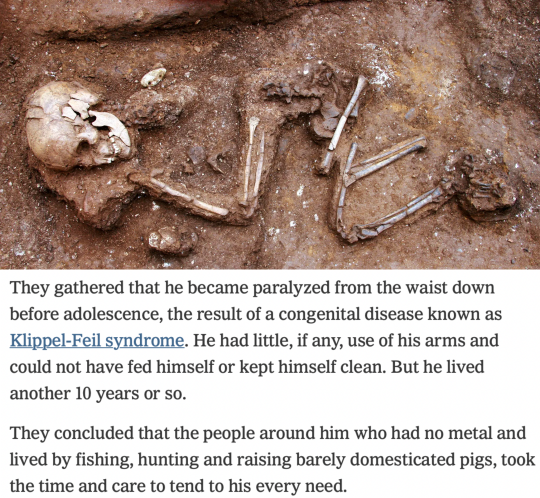
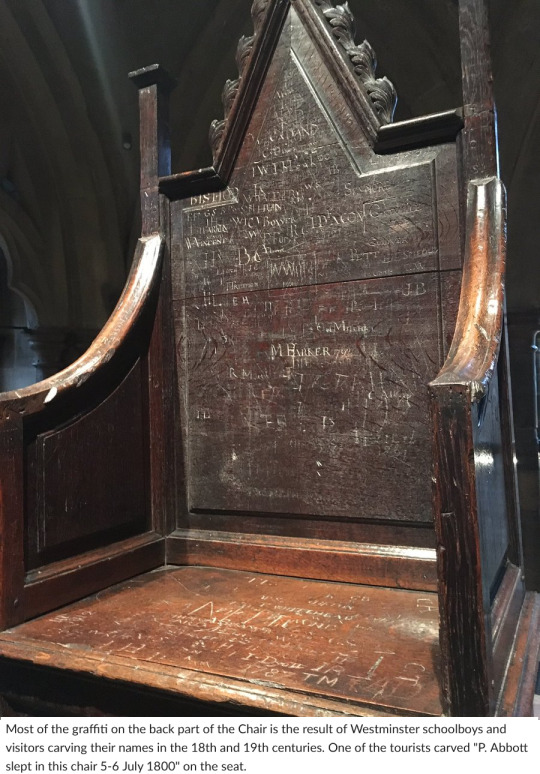
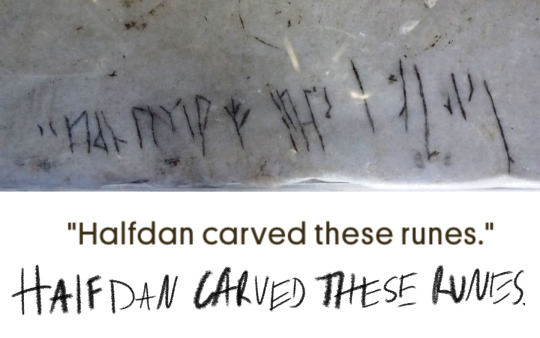
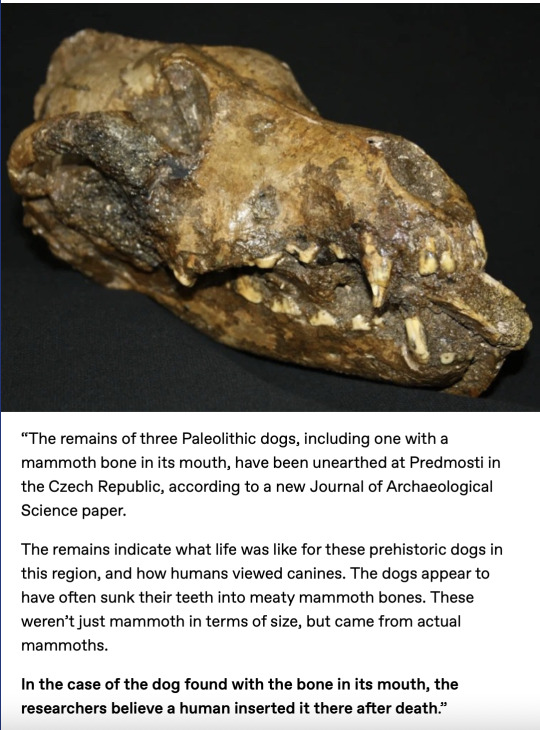




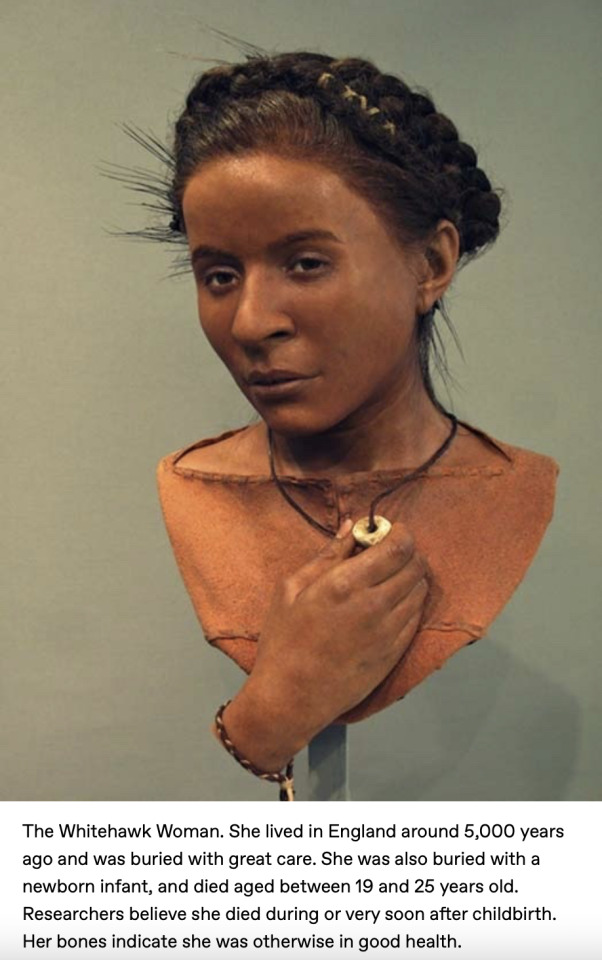
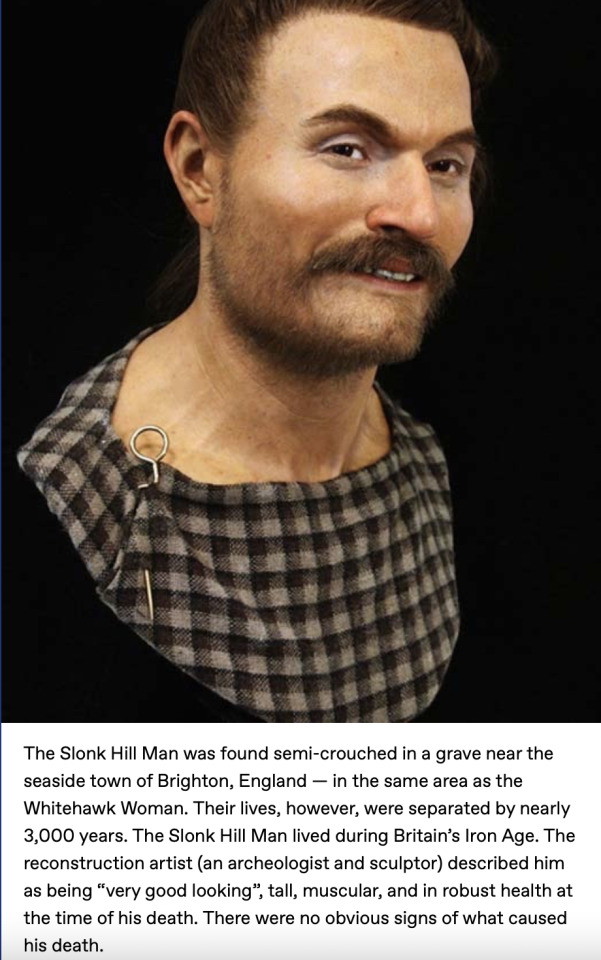

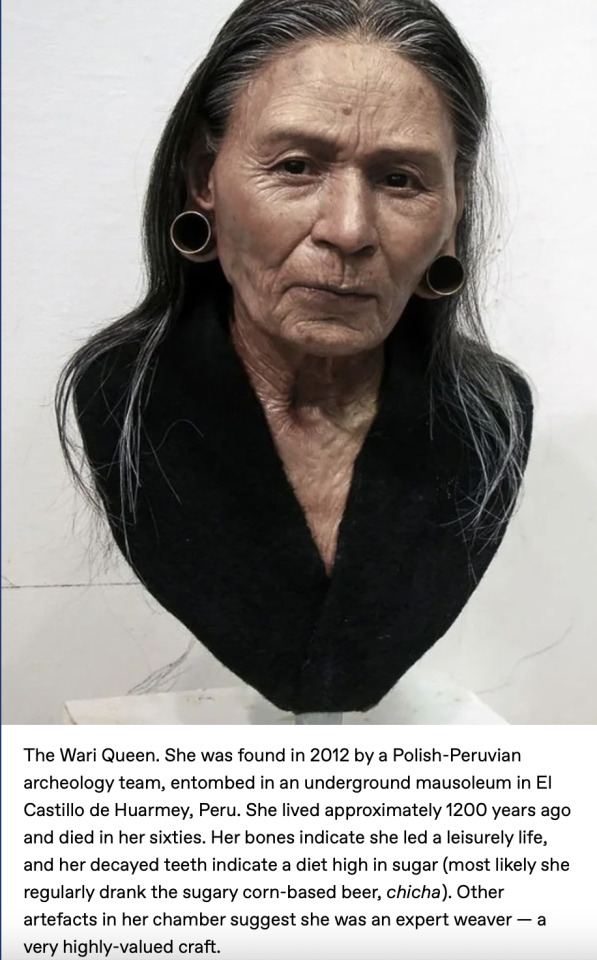
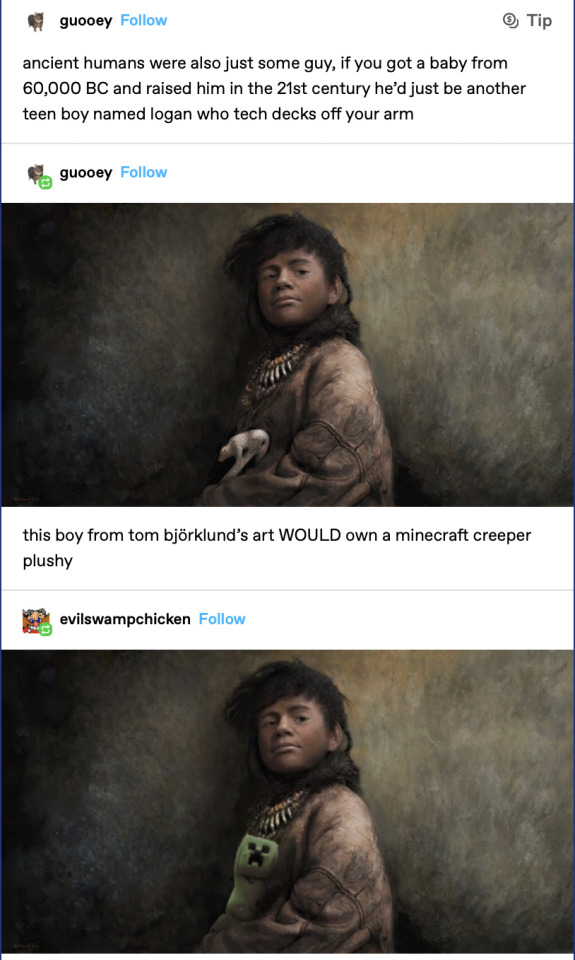

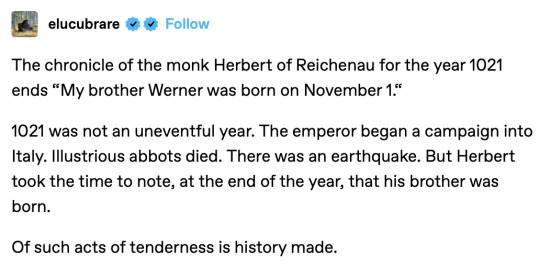
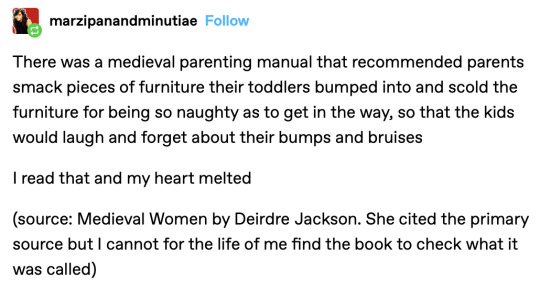
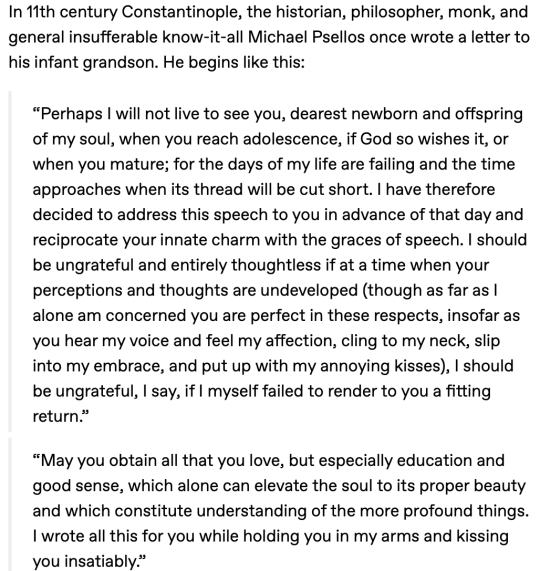
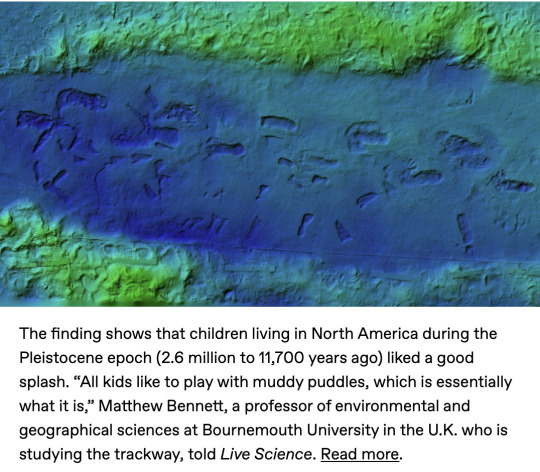

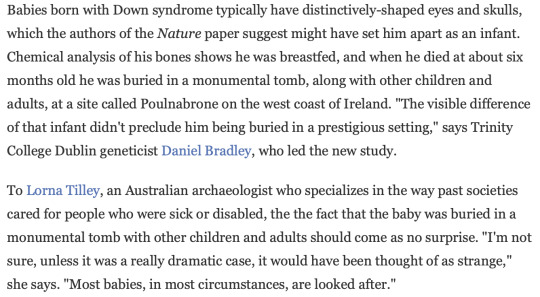



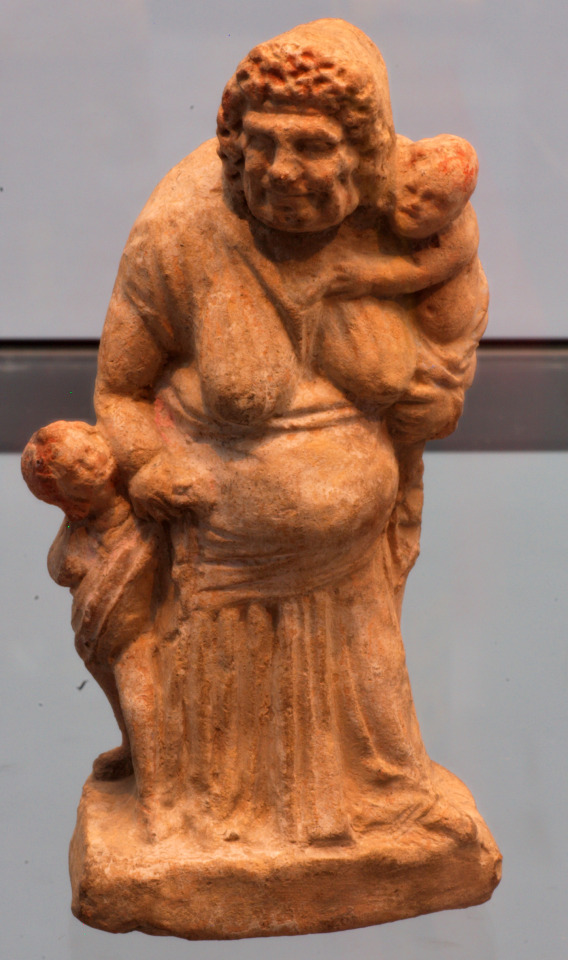

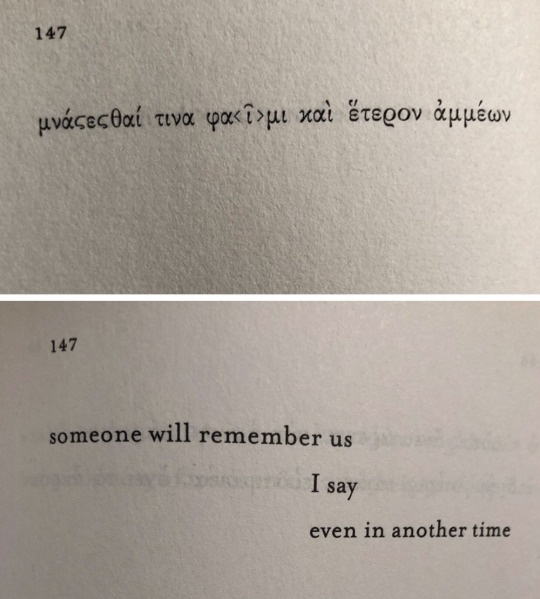
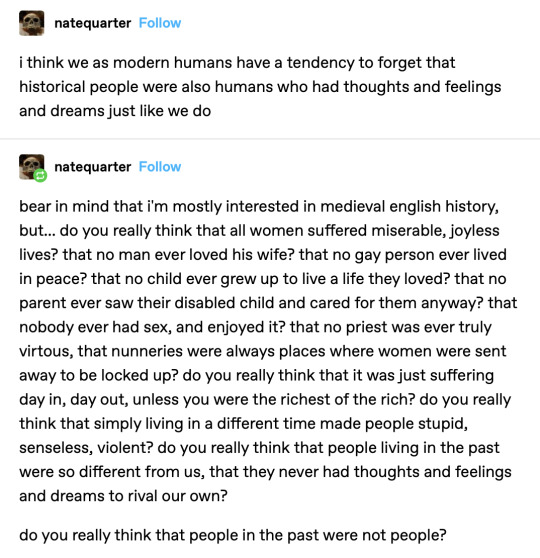
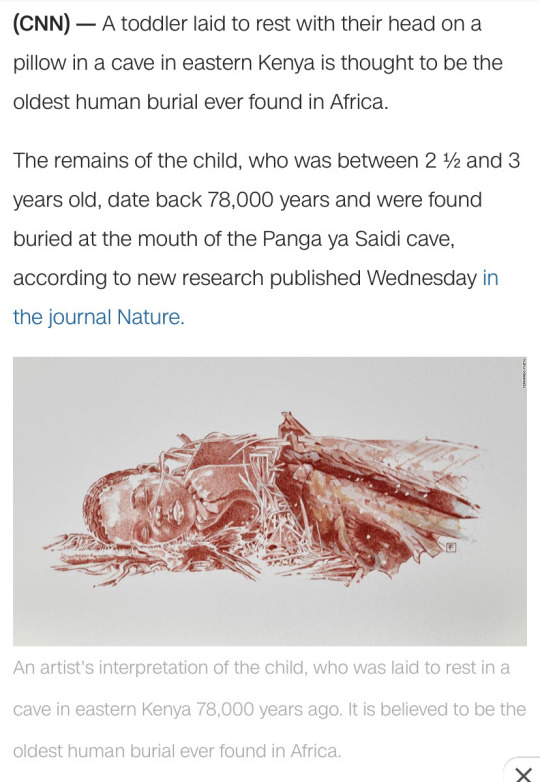
I have a folder called Time is a Flat Circle in which I collect evidence of humanity. Here is most of them.
172K notes
·
View notes
Text
Due to the high likelihood of death without assistance, the puppy's survival was probably due to human care. Such care would have involved providing food and water, as well as frequent cleaning. Extensive human care suggests significant compassion towards the dog, possibly indicating that the dog was seen as a pet.
0 notes
Text
The Origin of Dogs and Cats: A Glimpse into Early History
The domestic companionship of dogs and cats with humans traces back thousands of years, with their origins deeply rooted in evolutionary history and human civilization. These two species, now integral to human society, have fascinating stories of domestication and adaptation that began long before written history.
The Origins of Dogs
Dogs are believed to have been the first domesticated animal, with their lineage tracing back to ancient wolves. Fossil evidence suggests that domestication began around 20,000 to 40,000 years ago during the Paleolithic era. Early hunter-gatherers likely formed mutually beneficial relationships with wolves, which provided protection and assistance in hunting in exchange for food and shelter.
Archaeological findings, such as those in Bonn-Oberkassel, Germany, reveal dog burials dating back at least 14,000 years, signifying their deep integration into human communities. Over time, selective breeding for traits such as loyalty, intelligence, and hunting prowess led to the vast diversity of dog breeds we see today.
Genetic studies have pinpointed regions in Central Asia, the Middle East, and Europe as possible centers of domestication, but the exact origin remains debated. What is clear is that the bond between humans and dogs has been a cornerstone of human progress, aiding in agriculture, security, and companionship.
The Origins of Cats
Cats took a different route to domestication, often described as "self-domestication." The earliest evidence of domestic cats dates back approximately 9,000 years to the Fertile Crescent, particularly in regions like ancient Mesopotamia and Egypt. Cats likely began living near human settlements to hunt rodents attracted to stored grains. Their hunting skills made them indispensable to early agricultural societies.
One of the most iconic chapters in feline history is their role in ancient Egypt, where cats were revered as sacred animals. They were associated with deities such as Bastet, the goddess of home, fertility, and protection. Mummified cats and artistic depictions further attest to their importance in Egyptian culture.
Unlike dogs, cats maintained a degree of independence even after domestication, retaining many behaviors of their wild ancestors. Their solitary nature and sharp predatory instincts are hallmarks of their origin as solitary hunters.
The Role of Dogs and Cats in Human Evolution
The domestication of dogs and cats reflects a co-evolutionary relationship with humans. Dogs played critical roles in herding livestock, guarding property, and assisting in hunting. Their social nature and trainability made them versatile companions.
Cats, on the other hand, served as pest controllers and symbols of mysticism and beauty. Their agility, stealth, and keen senses made them invaluable to early civilizations that relied on stored food supplies.
Conclusion
The origins of dogs and cats highlight the intertwined paths of human and animal evolution. From ancient wolves and wildcats to loyal companions and protectors, these animals have been partners in humanity’s journey through time. Their domestication not only reflects human ingenuity but also the enduring bond that connects us to the animal world.
The early history of dogs and cats is a testament to their adaptability and the shared story of survival and mutual benefit that continues to define our relationships with them today.
Thank you for reading.


1 note
·
View note
Note
For the thing I will tell you on anon: The Bonn-Oberkassel dog is a fossilised skeleton of a young dog that died 14000 years ago, and when archaeologists examined it they found the dog had survived distemper (which is a serious illness for dogs even today), which meant someone had nursed it through its illness, making sure it got food and water and cleaning up after it. This dog was loved and cared for and i get so emotional thinking about it
tell me on anon what you wouldn’t off anon
oh!!! oh my god, this genuinely is so... 🥹
1 note
·
View note
Text
History of Dogs

ประวัติศาสตร์ของสุนัข (Canis lupus familiaris) มีความเกี่ยวข้องกับมนุษย์อย่างใกล้ชิด และการเลี้ยงสุนัขเป็นสัตว์เลี้ยงเป็นหนึ่��ในความสัมพันธ์แรกเริ่มที่มีผลกระทบมากที่สุดระหว่างมนุษย์กับสัตว์
การเลี้ยงสุนัขในยุคแรกเริ่ม
ที่มาและการวิวัฒนาการ:
สุนัขมีต้นกำเนิดจากหมาป่าโบราณ หลักฐานทางพันธุกรรมบ่งชี้ว่าการเลี้ยงสุนัขเริ่มต้นขึ้นเมื่อประมาณ 20,000 ถึง 40,000 ปีก่อน ในยุคหินเก่า
มนุษย์ยุคแรกและหมาป่าอาจเริ่มสร้างความสัมพันธ์ที่เป็นประโยชน์ร่วมกัน หมาป่าที่ไม่ก้าวร้าวและมีความเป็นมิตรอาจได้รับประโยชน์จากเศษอาหารและการคุ้มครองจากมนุษย์ ขณะที่มนุษย์ได้รับประโยชน์จากประสาทสัมผัสและทักษะการล่าของหมาป่า
สุนัขที่เลี้ยงครั้งแรก:
ไทม์ไลน์และสถานที่ที่สุนัขถูกเลี้ยงครั้งแรกยังคงมีการถกเถียงกันอยู่ อย่างไรก็ตามหลักฐานทางโบราณคดีที่เก่าแก่ที่สุดของสุนัขเลี้ยงมาจากประมาณ 14,000 ถึง 15,000 ปีก่อน
แหล่งเช่น Bonn-Oberkassel ในเยอรมนี และคาบสมุทร Kamchatka ในรัสเซียมีซากสุนัขโบราณที่ถูกฝังพร้อมกับมนุษย์ แสดงให้เห็นถึงความสำคัญของสุนัขในยุคนั้น
บทบาทและสายพันธุ์
บทบาทในยุคแรก:
สุนัขในยุคแรกน่าจะถูกใช้ในการล่า การเฝ้าระวัง และการเป็นเพื่อน สุนัขที่สามารถช่วยในการล่าทำให้พวกเขาเป็นคู่หูที่มีคุณค่าสำหรับมนุษย์ยุคแรก
เมื่อมนุษย์เปลี่ยนจากชีวิตเร่ร่อนมาเป็นชุมชนการเกษตรที่ตั้งถิ่นฐาน สุนัขก็ปรับตัวเข้ากับบทบาทต่างๆ เช่น การต้อนสัตว์และการเฝ้าทรัพย์สิน
การพัฒนาสายพันธุ์:
การพัฒนาสายพันธุ์สุนัขเริ่มขึ้นเมื่อมนุษย์เลือกสุนัขที่มีลักษณะเฉพาะที่ต้องการ กระบวนการนี้เร่งขึ้นในช่วงหลายพันปีที่ผ่านมา
อารยธรรมโบราณ เช่น อียิปต์ กรีก และโรมัน มีสายพันธุ์สุนัขเฉพาะสำหรับการล่า การเฝ้าระวัง และการเป็นเพื่อน
ในยุคกลาง สุนัขถูกพัฒนาสายพันธุ์เพื่อทำหน้าที่เฉพาะเจาะจง เช่น สุนัขเลี้ยงสัตว์ สุนัขล่าเนื้อ และสุนัขบ้าน
ยุคสมัยใหม่
การมาตรฐานสายพันธุ์:
ศตวรรษที่ 19 เห็นการเปลี่ยนแปลงสำคัญด้วยการจัดแสดงสุนัขและการกำหนดมาตรฐานสายพันธุ์ สมาคมสุนัขแห่งอังกฤษ (Kennel Club) ก่อตั้งขึ้นในปี 1873 และสมาคมสุนัขแห่งอเมริกา (AKC) ในปี 1884
องค์กรเหล่านี้กำหนดมาตรฐานสายพันธุ์ ทำให้เกิดการพัฒนาและการรับรองสายพันธุ์สุนัขหลายร้อยสายพันธุ์
บทบาทการทำงานและการเป็นเพื่อน:
ในยุคปัจจุบัน สุนัขยังคงทำหน้าที่หลากหลาย เช่น สุนัขนำทางสำหรับผู้พิการทางสายตา สุนัขบำบัด สุนัขค้นหาและกู้ภัย และสุนัขตำรวจและทหาร
สุนัขที่เป็นเพื่อนอยู่ในบ้านทั่วโลก มีคุณค่าสำหรับความจงรักภักดีและการเป็นเพื่อน
การศึกษาทางพันธุกรรมและความเข้าใจใหม่
การวิจัยทางพันธุกรรม:
ความก้าวหน้าทางการวิจัยพันธุกรรมได้ให้ข้อมูลเชิงลึกเกี่ยวกับการเลี้ยงและวิวัฒนาการของสุนัข การศึกษาทางพันธุกรรมได้ติดตามต้นกำเนิดของสุนัขเลี้ยงไปยังประชากรหมาป่าเฉพาะ และได้ทำแผนที่ความหลากหลายทางพันธุกรรมในสายพันธุ์ต่างๆ
การศึกษาทางพันธุกรรมยังช่วยให้เข้าใจปัญหาสุขภาพที่เฉพาะเจาะจงกับสายพันธุ์และการปรับตัวที่เกิดขึ้นในหลายพันปีที่ผ่านมา
ความเข้าใจทางพฤติกรรม:
การวิจัยเกี่ยวกับพฤติกรรมและความสามารถในการรับรู้ของสุนัขแสดงให้เห็นว่าสุนัขได้วิวัฒนาการเพื่อเข้าใจและสื่อสารกับมนุษย์อย่างไม่เหมือนใคร ความสามารถของพวกเขาในการอ่านอารมณ์ของมนุษย์และตอบสนองต่อคำสั่งเป็นสิ่งที่โดดเด่น
อิทธิพลทางวัฒนธรรม
ตำนานและนิทานพื้นบ้าน:
สุนัขมีบทบาทสำคัญในตำนานและนิทานพื้นบ้านของวัฒนธรรมต่างๆ ตั้งแต่ Anubis เทพเจ้าอียิปต์โบราณที่มีหัวสุนัข ไปจนถึง Hachiko สุนัขผู้ซื่อสัตย์ของญี่ปุ่น สุนัขมักเป็นสัญลักษณ์ของความจงรักภักดี การปกป้อง และการเป็นเพื่อน
สื่อและวัฒนธรรมสมัยใหม่:
ในวัฒนธรรมร่วมสมัย สุนัขมีบทบาทเด่นในวรรณกรรม ภาพยนตร์ และศิลปะ สุนัขที่มีชื่อเสียงเช่น Lassie, Rin Tin Tin, และ Snoopy ได้กลายเป็นไอคอนทางวัฒนธรรม
ประวัติศาสตร์ของสุนัขเป็นหลักฐานถึงความสัมพันธ์ท��่ลึกซึ้งระหว่างมนุษย์และสุนัข จากคู่หูล่าสัตว์ในยุคโบราณจนถึงสมาชิกครอบครัวที่รัก สุนัขมีบทบาทสำคัญในสังคมมนุษย์เป็นเวลาหลายพันปี
1 note
·
View note
Text
If I think about the Bonn-Oberkassel dog too long I start tearing up.
1 note
·
View note
Text
Dog?
A dog (scientifically known as Canis familiaris or Canis lupus familiaris) is a domesticated descendant of the wolf. These loyal companions have a rich history intertwined with human civilization. Let’s explore some fascinating facts about dogs:
Origins and Domestication:
Dogs share a common ancestry with gray wolves. They were the first species to be domesticated by humans over 15,000 years ago in Oberkassel, Bonn, even before the advent of agriculture1.
Their close relationship with humans allowed them to adapt to various environments and thrive on a starch-rich diet that would be insufficient for other canids1.
Physical Traits and Behavior:
Dogs have excellent senses:
Smell: They can detect scents far better than humans.
Hearing: Their hearing surpasses ours.
Vision: Although they are color blind, they see well in dim light and have a wider field of vision.
Like their wild relatives, wolves, and dogs often travel in packs2.
Variety of Breeds:
Dog breeds exhibit diverse shapes, sizes, and colors.
They serve various roles for humans:
Hunting
Herding
Pulling loads
Protection
Assisting police and the military
Providing companionship, therapy, and aiding disabled individuals.
Human-Canine Bond:
The unique adaptation of dogs to human behavior has led to a strong bond between the two species.
Researchers frequently study this human-canine relationship due to its significance in our lives.
Next time you encounter a dog, remember the remarkable journey from wild wolves to our
0 notes
Text
The dog was the first species to be domesticated[9][8] by humans. Hunter-gatherers did this, over 15,000 years ago in Oberkassel, Bonn
0 notes
Text
Historical Proof that We Love Dogs
Usually, dog history is focused on the usefulness and practicality of human-dog relationships. Researchers mention how dogs helped with the hunt, or propose that dogs hung around campsites begging for scraps. However, I like to point to the Bonn-Oberkassel dog remains for a third theory: early humans loved early dogs.
The Bonn-Oberkassel dog remains are the earliest record of modern dogs as a species. The remains are of two dogs - an adult and a puppy - that were discovered in Germany right before World War I. Originally, researchers thought that the creatures were wolves, but after 50 years they reclassified them. These remains are over 14,500 years old, meaning that modern dogs have existed for a really long time. For reference, civilisation is said to have begun around 3000-4000 BCE.
Here's a reconstruction of one of the dogs:

So, two important takeaways from this are:
Dog-human relationships predate civilisation.
The early humans cared enough about a puppy to bury it.
The fact that a puppy was buried is super interesting because the puppy wouldn’t have been old enough to be useful to them. Also, bone evidence suggests that the puppy died of canine distemper, after a long struggle with the disease. This puppy wouldn’t have lived this long without human intervention. So, the early humans must’ve nursed this dog through a long, painful illness - and buried it at the end. This shows a level of empathy and emotional connection to an animal that is still relatable today.
The evidence suggests that we have loved dogs from the very beginning.
Sources:
Janssens, Luc, et al. “A New Look at an Old Dog : Bonn-Oberkassel Reconsidered.” JOURNAL OF ARCHAEOLOGICAL SCIENCE, vol. 92, Elsevier, 2018, pp. 126–38. https://biblio.ugent.be/publication/8550758
3 notes
·
View notes
Photo
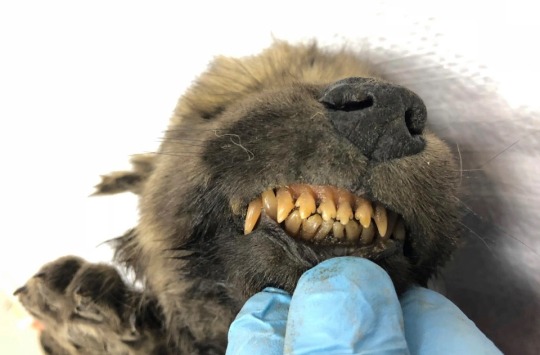
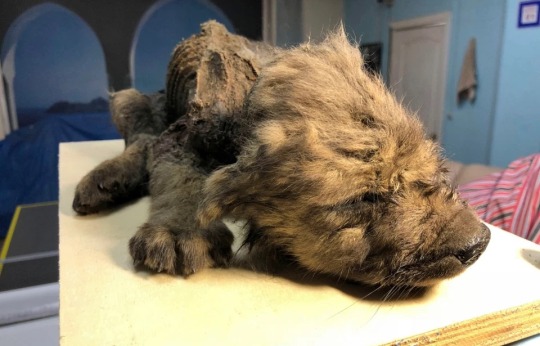
Dogor is the 18,000 year old pup that was found within the Siberian Permafrost, yet is not quite a dog nor a wolf, but a puzzling connection to both.
Dogor has been miraculously preserved within the permafrost, with its fur, teeth and even whiskers incredibly intact. Radiocarbon dating has placed the animal at 18,000 years old and researchers have suggested that the animal passed away at just 2 months old. The name Dogor means “Friend” in Yakut, a language spoken within Eastern Siberia.
Generally, genetic analysis can quite easily discern whether a discovered canine is a wolf or dog, but in this instance, the genetics suggest that it could be an ancestral link to both. Interestingly, Dogor lived at a time in canine evolutionary history when dogs and wolves began to branch off from each other.The general scientific consensus is that dogs and wolves split from a common ancestor, however, the process of how “dogs became dogs” is certainly contested, and Dogor could be a crucial piece in that puzzle.
If Dogor is determined to be a dog, it will be the oldest ever discovered. The next oldest, the Bonn-Oberkassel puppy, was discovered in Germany and was clearly determined to be a dog of around 14,000 years old, buried with a man and a woman.
The progression of climate change is melting the permafrost more rapidly, and discoveries like these are becoming more and more commonplace.
Images via Sergey Fedorov/The Siberian Times
#dogor#dogs#goodboy#puppy#siberia#russia#permafrost#canine#anthropology#archaeology#science podcast#education#learning#communication#science#scientists#politics#history#chemistry#biology#physics#philosophy#podcast#interesting#facts#amazing#world news#news#people#earth
28K notes
·
View notes
Note
was it a puppy that was buried in a grave?
It was made in the BCE
It was not made in the Americas
It can be picked up by one person
It is slightly bigger than a human skull
It is not the Antikythera Mechanism
It is not a tool
It was not intended to be worn
It is not made out of metal
We do not know its coloration
It is not made of ceramic
It is not made of stone
It is not made of wood
We do not know if it had religious significance, but it does seem to have a ritual or spiritual element
It is entirely made of bone… bones
It is an actual, physical object and not a digital rendering
It is an animal
It is not Egyptian
It is not oracle bones
It is not mega fauna
It is the Bonn-Oberkassel dog/human burial!!!
Well done, Anon!
-Reid
25 notes
·
View notes
Text
picture this: me, blasted out of my mind at 11pm, crying over the bonn–oberkassel dog
8 notes
·
View notes